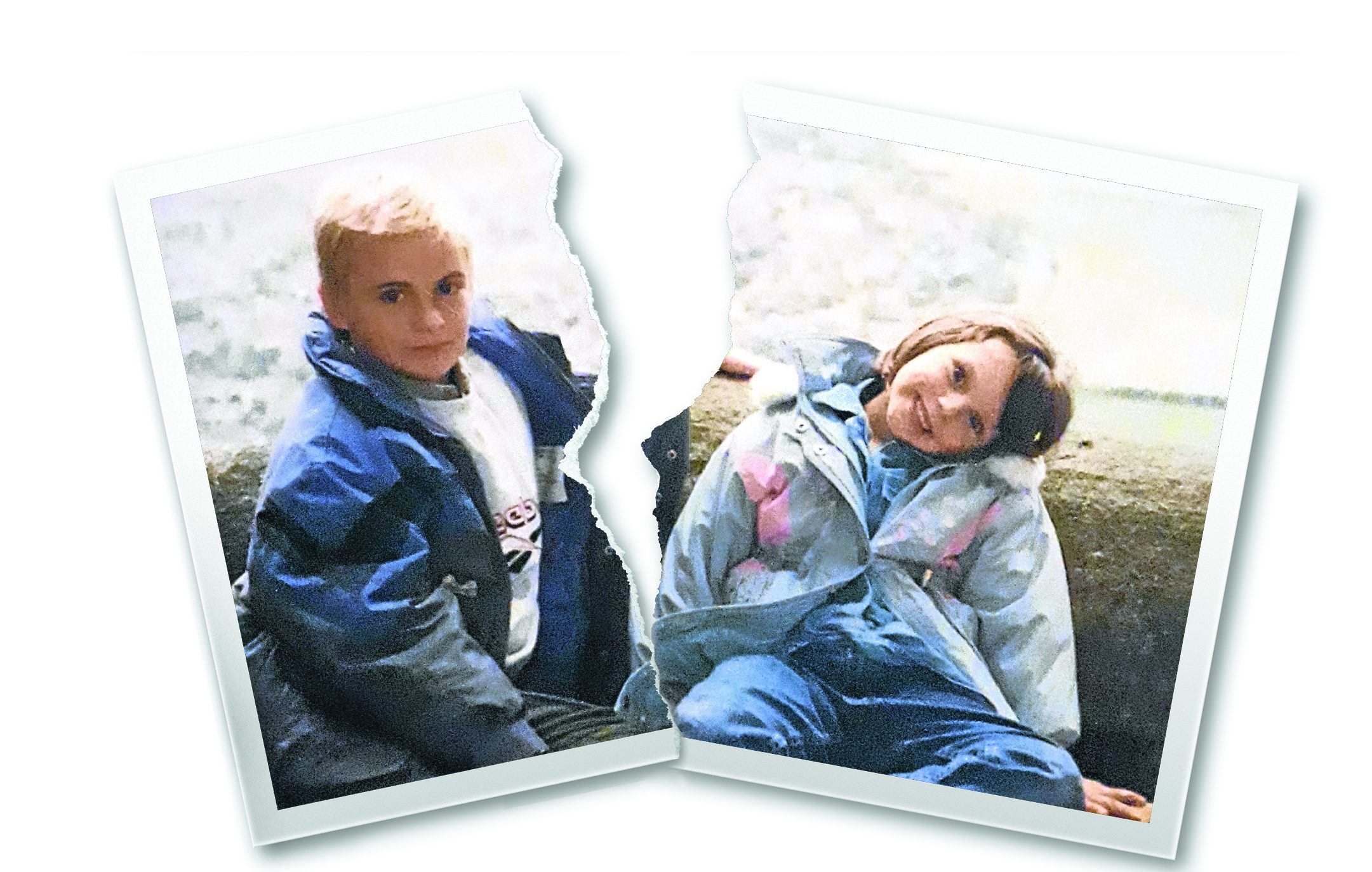
FAMILIES are being ripped apart with thousands of young brothers and sisters split up in care every year, we can reveal.
Research to be published this week shows that one in five siblings are made to live in different places once they are taken into the system.
Figures being released to the public on Tuesday as part of a Care Inspectorate report show that 20% of sibling groups in care were separated last year.
That is a fall from 25% in 2015 but campaigners claim far too many brothers and sisters are still being separated.
Care Inspectorate chief executive Karen Reid said the standards body worked closely with councils and independent organisations providing adoption and fostering services to look after Scotland’s most vulnerable children.
She added: “From our inspections we know that the vast majority of these services perform very well.
“By highlighting good practice and identifying areas which can improve, we help ensure that all children can get the best possible start in life.
“We also know that more high-quality fostering and adoption places are needed for vulnerable children, and that too many children are separated from their siblings when a place is found for them.
“It is important that children in care are supported to form permanent and loving relationships as quickly as possible, and an important part of this is almost always maintaining the strong bond between siblings.
“Sisters and brothers are often a great support and comfort at times of crisis, especially for young children.”
There are 15,317 looked-after youngsters in Scotland, according to the latest Government figures, putting the number of brothers and sisters potentially taken apart from each other at 3063 for the year.
Ministers do not collect firm numbers of siblings in care, however.
‘We are often ending the only loving relationship in their young lives’
Hundreds of youngsters in care said last month that they didn’t want to be separated from brothers or sisters in a report by Action for Children. The document was intended to influence the independent review of Scotland’s care system announced by Nicola Sturgeon at last year’s SNP conference.
The findings have been sent to the First Minister, her deputy and Education Secretary John Swinney, and Fiona Duncan, chair of the review.
Young people called for residential workers to have more freedom to show affection, and asked for more reliable relationships with social workers and other staff, and help to live independently after care. Duncan Dunlop, chief executive officer of Who Cares? Scotland, an organisation which supports children in care, said: “There is clearly something significantly wrong when we need to take children into care, but then exacerbate the problem by splitting them up from their brothers and sisters.
Sunday Post View: It should be a basic human right to be kept with family
“You live with strangers in a totally different place and you do not do it with the brothers or sisters you loved.”
A Scottish Government spokesman said: “We recognise the importance of meaningful relationships and every child’s right to family life, and we would always encourage local authorities to place siblings together when practically and safely possible.
“That is why the First Minister announced an independent root and branch review of the care system looking at the underpinning legislation, practices and culture led by young people themselves.
“The Scottish Government will consider the findings of the Care Inspectorate report when it is published in full. It is up to the independent care review to define the scope of its assessment.”

Enjoy the convenience of having The Sunday Post delivered as a digital ePaper straight to your smartphone, tablet or computer.
Subscribe for only £5.49 a month and enjoy all the benefits of the printed paper as a digital replica.
Subscribe